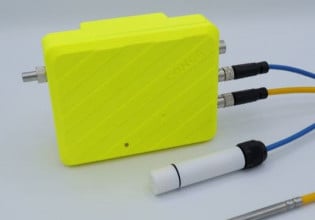M
The manual of 1771-IFE states that the input signal must be within +/- 14.25 V referenced to the module common otherwise a crosstalk may occur and cause invalid input. Is that mean I can't use transmitters require 20 to 24 volts in the input loop to transmit 4-20 mA?
I know that this module type doesn't supply loop power.
I know that this module type doesn't supply loop power.






